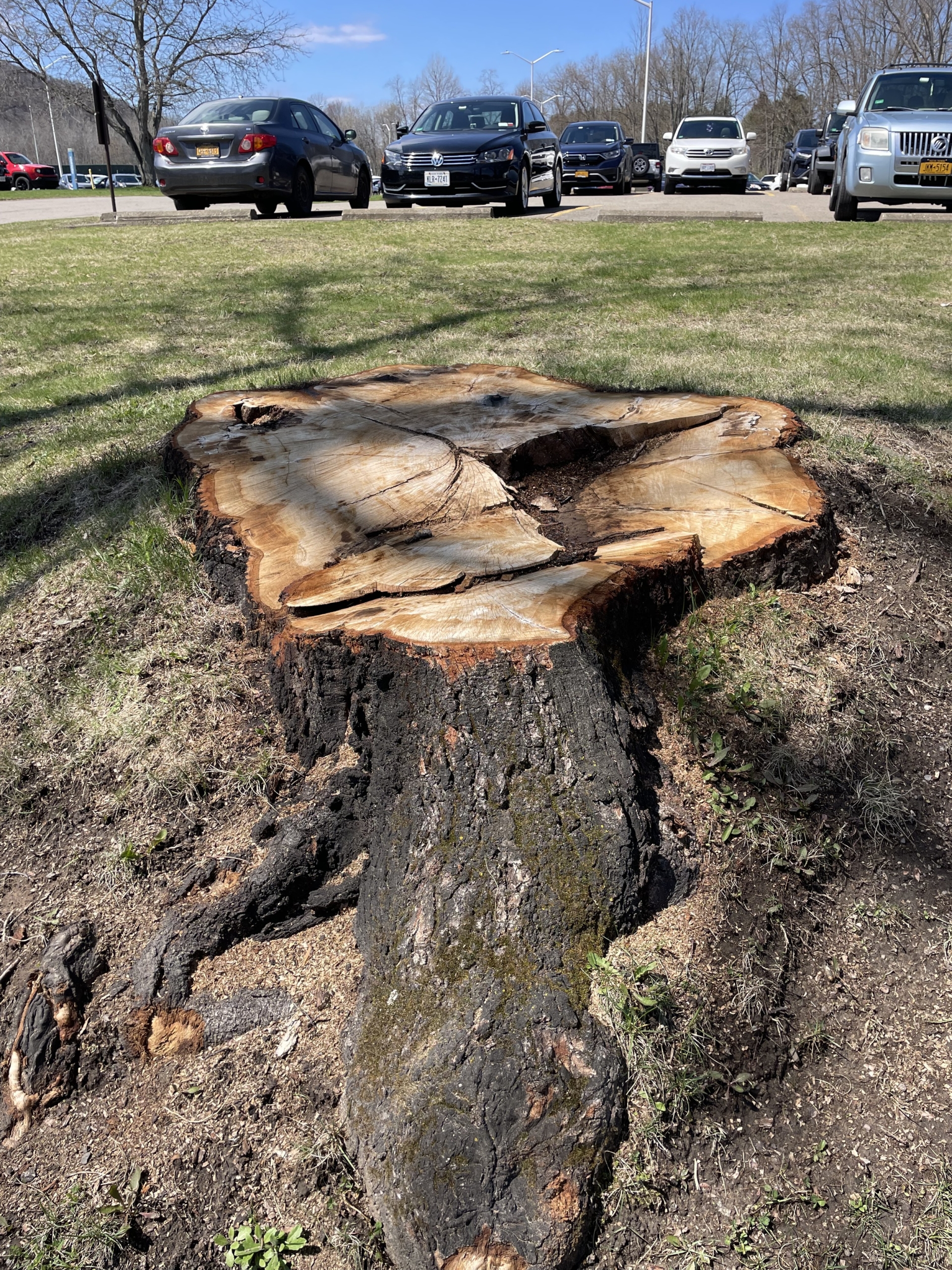The discovery of a small methamphetamine lab on Thursday, April 5 at the Microtel Inn & Suites by Wyndham led to the arrest of two Olean residents and, subsequently, shocked members of the campus community, given the lab’s close proximity to campus borders. The hotel is located directly across the street from St. Bonaventure University.
“The Cattaraugus County Sheriff’s Office charged Shannon Lee Hitchcock and Raymond G. Shaffer Jr., both 41 and of Olean, with third-degree unlawful manufacture of methamphetamine, a class D felony,” according to an article in the Olean Times Herald.
The article said the box lab’s uncovering at 1:30 a.m. followed a noise complaint from the hotel.
Erin Miller, a senior psychology major, said she believes off-campus drug use can impact on-campus use of harmful substances.
“Although attending an extremely small university has its pros, it is also a major reason why anything going on in the vicinity of the campus spreads so quickly,” Miller explained. “I think that occurrences of drug use never happen alone; it tends to be in large quantities. I do not believe our campus would be considered a campus with heavy drug use, but there are definitely dangerous cases of drug use on our campus that pose a threat to the safety of our students.”
Gary Segrue, director of Safety and Security, said he feels there is a minimum correlation between off and on-campus drug use, but admitted that resident assistants and residence directors could use better training on how to identify the vast array of drugs that could potentially enter the campus.
“With all the new synthetic drugs out there, we do have plans to do drug identification with the RAs and RDs [this summer] to make sure they know of the new drugs available,” Segrue said.
Segrue also added that, while on-campus drug use has decreased since the past academic year, according to the annual Safety and Security report, that doesn’t mean off-campus drug use can’t affect students living outside of the main campus. Segrue said that off-campus students should be selective and thoughtful in the housing they choose.
“Our off-campus students have to be careful about where they live,” he said. “They shouldn’t be living in [joint] apartment housing because you never know who could be cooking [drugs] in the apartment building.”
Matthew Tyssee, a sophomore early childhood and special education major and resident assistant, said he feels there is an issue with hard drug use on campus, even if those drugs haven’t been formally reported.
“I believe that there is some knowledge, especially with marijuana, but when it comes to other drugs (prescription or not), I believe the university doesn’t exactly understand the student use,” Tyssee said. “Especially with substances that are often used to treat ADHD, I believe that the university itself doesn’t quite understand how much [these drugs] are misused by students and how many students on campus are prescribed them but don’t actually need them and are selling those drugs to other students. I think the university officials, as well as students, need more education on the subject of drugs.”
Tyssee said he believes additional training will help better equip resident assistants and residence directors to search and scan for drug use on campus.
Outside of the St. Bonaventure community, prescription and opioid overuse is a major topic of discussion.
Four committees in the House and the Senate held hearings Wednesday on a number of bills looking at different ways to combat the national opioid epidemic, which led to more than 42,000 overdose deaths in 2016 alone.
According to USA Today, “[i]n the Senate, the most sweeping proposal is a draft bipartisan bill before the Senate Education, Labor and Pensions Committee. The bill was drafted by the panel’s top two lawmakers – [Sen. Lamar] Alexander, who is the chairman, and Washington Sen. Patty Murray, the committee’s top Democrat.”
The source further explained the specifics of the bill, which “includes more than a dozen prescriptions for fixing the opioids crisis, including speeding up the development of non-addictive painkillers, stepping up enforcement efforts to stop the flow of addictive drugs from other countries, and sending more grant money into states that have been hit hardest by the epidemic.”
Julie Curran, a graduate student in the Mental Health Counseling Program, said that, in her experience, St. Bonaventure is no different than other colleges in the frequency of drug use on campus. She added that the college structure can lead to self-medicating and drug use that can welcome long-term addiction issues, though.
“I think that, given the high-stress situation of college, where people are being tried for the first time on their own, that’s when self-medicating patterns can start,” she explained. “I think everyone, at some point, has said you can’t be an alcoholic in college, but, given what we think is normal behavior and also [mixed with the presence of] stress, that’s where addictive behavior begins.”
Curran added that keeping this unhealthy pattern, which often goes unnoticed, in mind is a good way to avoid dangerous drug use on a personal basis.
Photo courtesy of oleantimesherald.com




